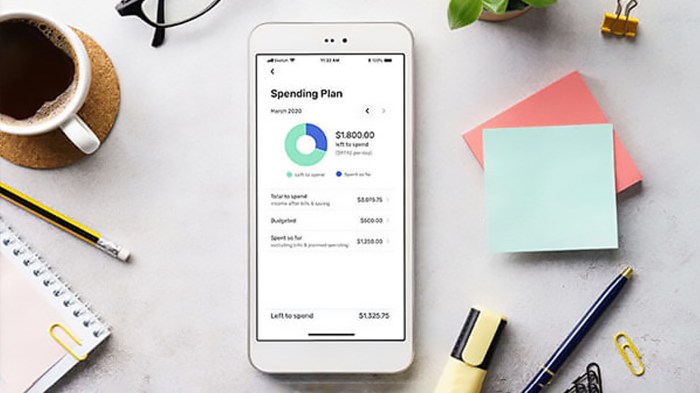Introduction to Budgeting Apps

Personal finance budgeting apps have become increasingly popular tools for managing personal finances. These apps provide a structured approach to tracking income and expenses, enabling users to better understand their spending habits and achieve financial goals. This section will explore the evolution of budgeting apps, the different types available, and the common features found in most.
Overview of Personal Finance Budgeting Apps
Budgeting apps offer a streamlined way to manage personal finances. They help users track their income and expenses, categorize spending, and set financial goals. These apps often provide automated features like savings reminders and bill notifications, enhancing financial awareness and discipline.
Types of Budgeting Apps
Budgeting apps vary in complexity and features. Basic apps primarily focus on tracking income and expenses, while advanced apps offer more comprehensive features such as goal setting, investment tools, and integration with other financial services. Some apps specialize in specific areas, such as saving for a down payment or managing student loans.
Common Features in Budgeting Apps
- Income Tracking: Allows users to input their various income sources.
- Expense Tracking: Facilitates recording of expenses, often with categorization options.
- Budgeting Tools: Provide frameworks for setting budgets and tracking adherence.
- Goal Setting: Enable users to define financial targets like saving for a house or retirement.
- Bill Reminders: Automatically notify users about upcoming bill payments.
- Savings Tools: Offer automated savings options and reminders.
Historical Context and Evolution of Budgeting Apps
Early budgeting methods relied on physical budgeting tools like notebooks and spreadsheets. The rise of smartphones and mobile technology paved the way for the development of user-friendly budgeting apps, enabling easier tracking and management of finances. These apps have evolved from basic expense trackers to comprehensive financial management platforms.
Comparison of Popular Budgeting Apps
| App | Key Features | Pros | Cons |
|---|---|---|---|
| PocketGuard | Expense tracking, budget creation, goal setting, savings tools | Intuitive interface, good for beginners | Limited investment tools |
| Mint | Comprehensive financial overview, bank account integration, investment tools | Wide range of financial data, powerful tools | Can be overwhelming for beginners |
| Personal Capital | Advanced portfolio tracking, investment management, financial planning | Excellent for sophisticated users | More complex interface |
Concluding Remarks
In conclusion, good budgeting apps offer a powerful toolkit for managing your finances effectively. They provide a streamlined way to track income and expenses, set goals, and even integrate with other financial services. With careful consideration of features, user experience, and pricing, you can find the perfect app to suit your individual financial needs and preferences. Ultimately, the right budgeting app can significantly improve your financial well-being and help you achieve your financial aspirations.